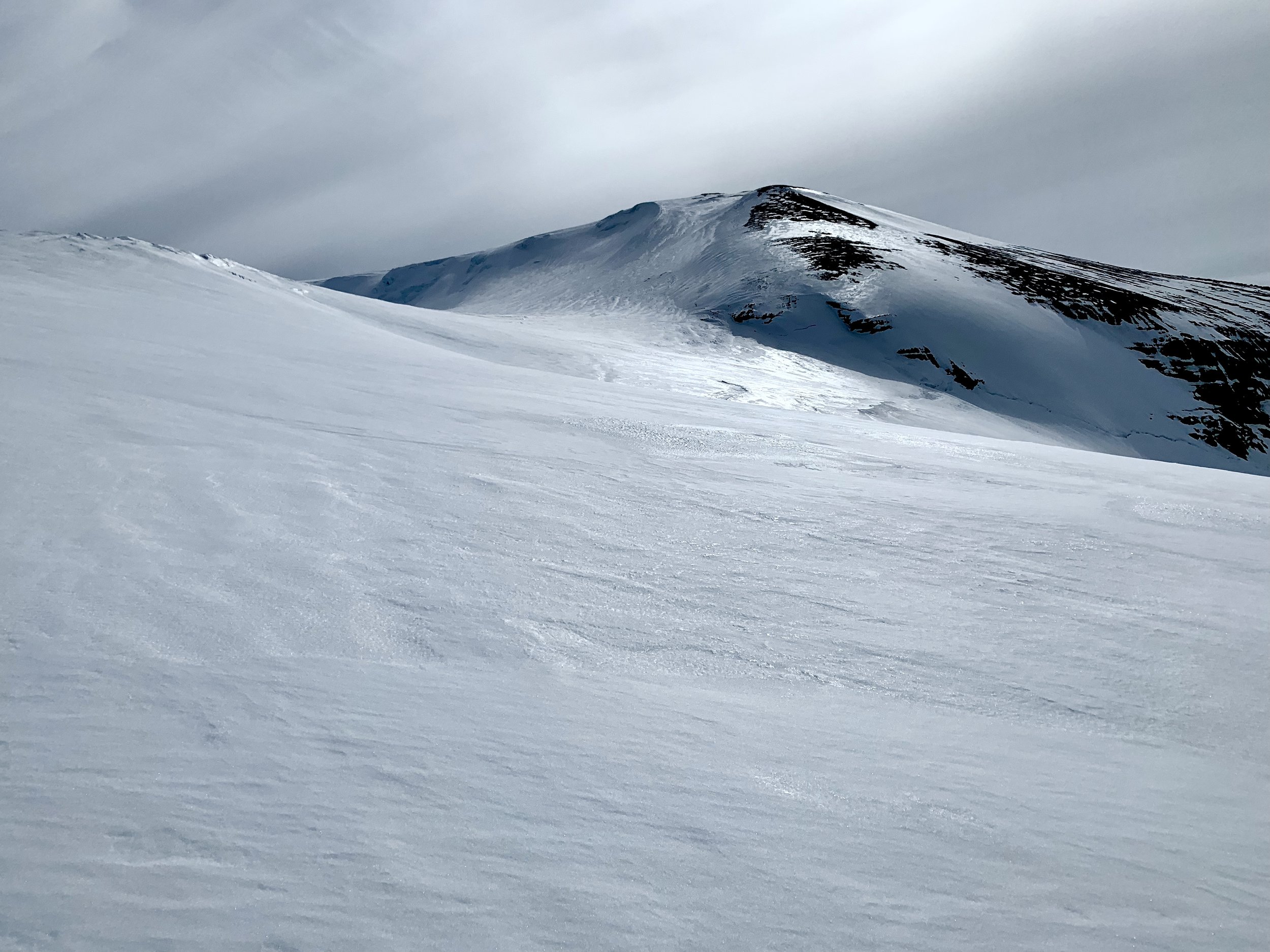During my grad school years at Caltech, I lived in Los Angeles for five years. As a transplant from New York, I was initially skeptical of a city with few sidewalks where cars are king. But LA really surprised me in ways I did not expect, and it opened my eyes to the richness of cuisines of which I previously had no real understanding (I also have Jonathan Gold, the LA Times food critic, to thank for that). While I love living in NYC, it’s hard to beat LA’s Koreatown, San Gabriel Valley or plethora of regional Mexican restaurants.
A view of (somewhat smoggy) downtown LA
On a recent trip, I revisited some of my old haunts and tried some new spots. Here’s a list of some of my favourites, in no particular order:
El huarache azteca (Highland Park) - Amazing Mexican specializing in huaraches
Guerilla taco (Downtown) - Creative and delicious tacos and tostadas
Soot Bull Jeep (Koreatown) - One of the best Koreatown BBQ spots
Chosun Galbi (Koreatown) - Another great Korean BBQ spot
Park's (Koreatown) - Another great Korean BBQ spot
Han il Kwan (Koreatown) - Unassuming spot for bibimbap (be sure to try their fish roe version, or albap)
Jae Bu Do (Koreatown) - Great for seafood BBQ, especially clams, and fun to go with a group. Gold’s review of this place is one of my favourite reviews ever.
Jun Won (Koreatown) - Homestyle cooking with a great eundagu jorim (black cod casserole)
Settebello (multiple locations) - Settebello serves some of the best Neapolitan-style pizzas I have tasted in the U.S. (and it pains me deeply to write this as a New Yorker)
Sushi Nishiya (Glendale) - Owned by an unassuming husband and wife team in a strip mall, this place has some of the best sushi in LA. No California rolls or other such frills served here.
The Bazaar by Jose Andres (mid-Wilshire) - Inside the SLS hotel, this is a great special occasion place, with tasty tapas and fun cocktails (try the liquid nitrogen caipirinha)
Wassada (Koreatown) - The place to go in LA for live octopus (if you like your food to fight back)
Malan noodles (Hacienda Heights) - A bit farther afield, but if you are in the area, get the spicy beef noodles.
Din Tai Fung (multiple locations) - The initial location of this Taiwanese chain was in Arcadia, and the xiao long bao (soup dumplings) there are hard to beat. Other locations can be hit or miss.
Quality Seafoods (Redondo beach) - The freshest seafood in town. Located on the Redondo beach pier, come here to satisfy your fresh sea urchin, oyster, crab and fish cravings.
Animal (West Hollywood) - Great meat-focused restaurant with offal specialties. The foie gras and beef dish is a must.
The Nomad (Downtown) - The second location of the eponymous NYC hotel, LA’s version is NYC inspired with a twist of Mediterranean. The restaurant features a delicious set of small plates, and the cocktails and pool on the rooftop are refreshing and fun.
Maruhide Uni Club (Torrance) - If you’re an uni lover, this place will feel like heaven. Featuring uni served in a myriad different ways, it’s hard to go wrong. Highlights included the Ensui Uni Zen (stored in salt water, imparting a sweeter and richer taste) and the lightly grilled scallop and uni appetizer.
Gjelina (Venice) - A farm to table restaurant with great pastas that’s here to stay
Fishing with Dynamite (Manhattan Beach) - Fresh seafood in one of the nicest beach towns in LA with some of the best clam chowder and fun decor
Sugarfish (multiple locations) - Pretty good bang for your buck sushi
Son of a Gun (Mid-Wilshire) - Great southern influenced seafood, and they often have an uni dish to boot!
Jitlada (Silverlake) - Specialising in Southern Thai dishes, Jitlada is as authentic as you will get. The spice levels are real, and you will leave feeling like a fire-breathing dragon.
L&E Oyster (Silverlake) - Good oysters in Silverlake
Cafe Stella (Silverlake) - Great French brunch and dinner - be sure to try the escargots and the truffle fries, or the Moroccan eggs for brunch
Messob (Mid-Wilshire) - In the area known as Little Ethiopia on Fairfax Ave. Another good spot to try is Meals by Genet.
Daisy Mint (Pasadena) - Surprisingly good Thai fusion.
Diddy Reese (Westwood) - Go for their ice cream sandwich. The cookies themselves are great, the ice cream so-so, but the price ($3 or so) is unbeatable. There is often a line as it’s right next to UCLA.
Salt & Straw (multiple locations) - Some of the best ice cream around, including a delicious mint chip made with actual mint (a rarity these days) from Seely’s mint farm in Oregon






































